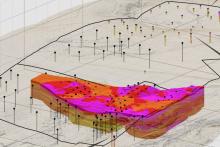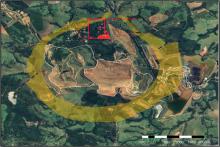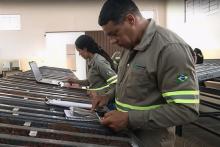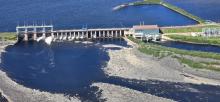St George Mining has won stellar rare earths and niobium results from drilling of its East Araxá zone, 1km east of the main Araxá resource in Brazil, with grades up to 16.87% TREO and 4.06% niobium from surface. Thick intercepts and high Nd:Pr ratios signal major expansion potential for the project, supported by a US alliance, positioning Araxá as a key critical minerals source outside China.

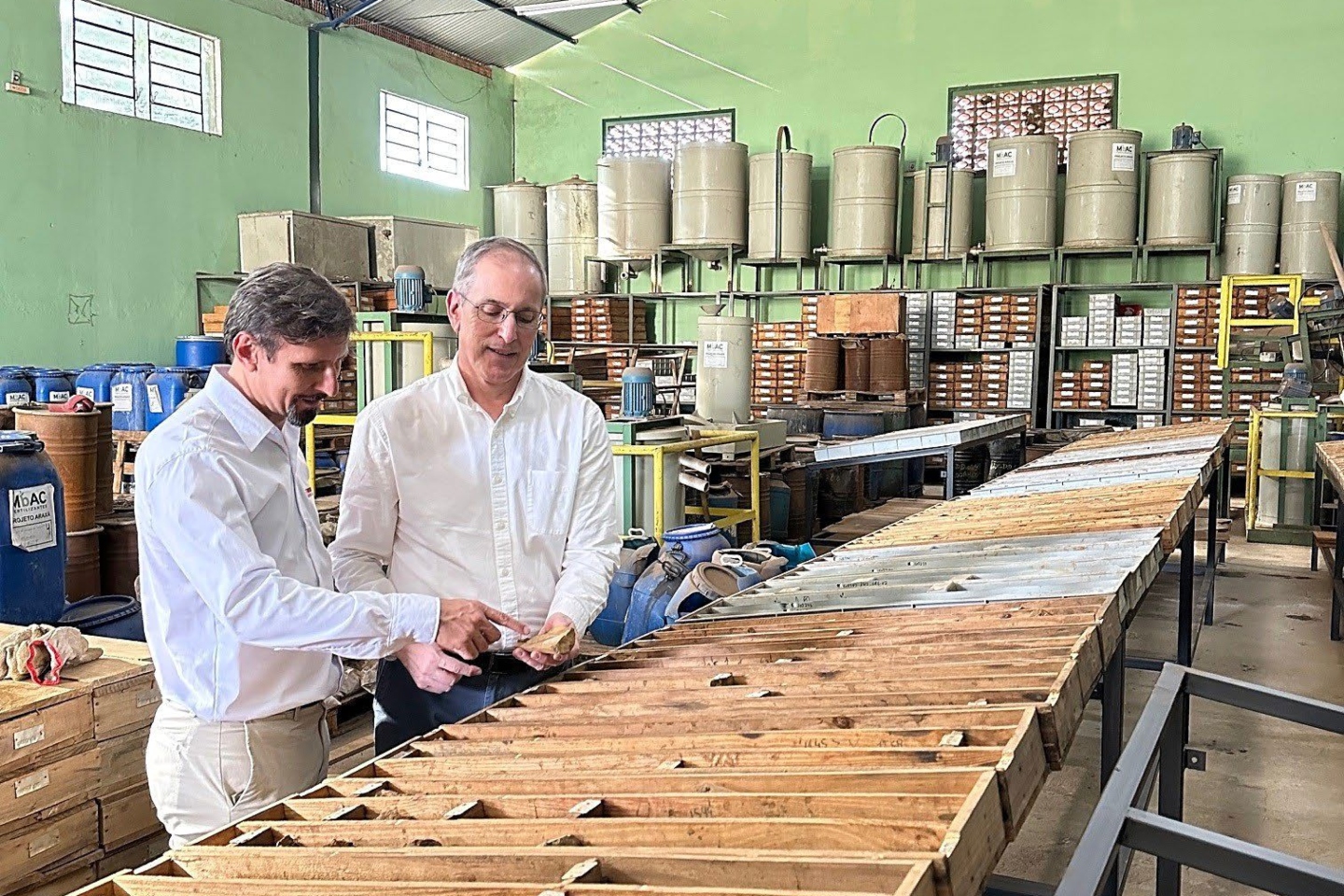
St George Mining has confirmed its recent new East Araxá discovery at its Araxá project in Minas Gerais, Brazil, reporting early high-grade assay results from the first three reverse circulation (RC) drill holes at East Araxá, which sits one kilometre east of the project’s existing 40-plus-million-tonne rare earths and niobium mineral resource.
The results confirm high-grade rare earths and niobium mineralisation from surface, including peak grades of 16.87 per cent total rare earth oxides (TREO) and 4.06 per cent niobium pentoxide, positioning Araxá as a potential world-leading critical minerals supplier beyond China.
The siren call of the previously unexplored East Araxá zone was first received when shallow scout auger drilling results earlier this year intersected 13.5 metres at 12.34 per cent TREO from 0.5m.
The latest RC holes, put in to test the new zone to a maximum depth of 50m, have delivered thick mineralised intervals, including 48m at 5.71 per cent TREO from 2m, with a 15m slice assaying 12.61 per cent TREO; and 32m at 1.04 per cent niobium pentoxide from 11m depth.
A third hole intercepted 40m assaying 2.62 per cent TREO and 1.05 per cent niobium pentoxide from surface, including 8m going 4.38 per cent TREO from 35m depth.
Notably, the combined content of neodymium-praseodymium, critical for permanent magnets in electric vehicles and wind turbines, attained grades to 3.96 per cent, with a maximum NdPr:TREO ratio of a whopping 31 per cent, while average NdPr:TREO ratios in the early holes at East Araxá appear generally higher than those identified in the project’s existing mineral resource.
Heavy rare earth oxides of dysprosium, terbium, lutetium and gadolinium also contribute about 1500 parts per million (ppm) to the TREO, while samarium oxide, vital for military-grade samarium-cobalt magnets, hit 2600ppm and 2100ppm in the same hole.
While the drilling is ongoing and more results have yet to be received, the latest results suggest that potential exists to significantly expand Araxá’s current JORC-compliant mineral resource estimate of 40.6 million tonnes at 4.13 per cent TREO and 41.2Mt at 0.68 per cent niobium pentoxide.
St George Mining executive chairman John Prineas said: “We are delighted with the results from the follow-up deeper drilling at East Araxá, which has confirmed the continuity and depth extent of this near-surface, high-grade rare earths and niobium discovery. The volume of mineralisation being defined by the RC drilling in this new area points to the potential for a significant addition to the Araxá MRE, already the highest grade undeveloped JORC-compliant rare earths resource globally.”
The mineralisation, which in some cases kicks in from surface in a weathered, free-digging profile, points to the possibility of shallow, low-cost, open-pit mining. This would be enhanced by the project’s central location next to the main centre of Araxá city, which supports an extensive, well-established mining region.
St George is pushing ahead with an 8000m-plus drilling program, with three diamond rigs operating 24/7 to test deeper extensions and interpreted potential resource extension targets.
The company expects to receive more assay results in two to three weeks and to deliver a preliminary inferred resource for East Araxá in the final quarter of the year.
The company’s strategic alliance with United States-based REAlloys, announced earlier this year, also positions St George to supply rare earth products into the US defence and energy markets. Testwork on rare earth oxalate production is underway to secure a potential long-term offtake agreement.
Araxá’s carbonatite-hosted deposit mirrors top-tier operations, such as Lynas’ Mt Weld and MP Materials’ Mountain Pass projects in California. St George’s high NdPr and heavy rare earths grades, combined with Brazil’s supportive MAGBRAS Initiative and expedited permitting, enhance the company’s competitive edge.
With a $5 million capital raise in July and a five-rig drilling campaign in full swing, St George looks set to unlock Araxá’s world-class potential.
Its latest East Araxá discovery, coupled with ongoing resource expansion and strategic partnerships, positions the company for significant resource expansion to meet surging global demand for rare earths and niobium and offers investors exposure to a potentially transformative critical minerals project.
Is your ASX-listed company doing something interesting? Contact: matt.birney@businessnews.com.au





